November 16, 2015
Some good and bad news about the Government’s real estate strategy 0
 Two key themes have shaped the current UK Government’s attitude to its real estate and other resources since it came to office in 2010 and embarked on a programme of austerity. They are the twin desires to ‘cut waste’ and ‘do more with less’. These are not easy tricks to pull off, as a new report from the Institute for Government suggests. Published ahead of the upcoming Spending Review, the study sees the Government’s main challenge being how best to match its commitments with its resources. Two of the main ideas discussed are the rolling out of more digital services and what the paper calls institutional reform, which it suggests includes the loss of another 100,000 public sector jobs over the next five years. But as two news reports published over the weekend suggest, this kind of change can sometimes create more problems than it solves when it comes to Government property.
Two key themes have shaped the current UK Government’s attitude to its real estate and other resources since it came to office in 2010 and embarked on a programme of austerity. They are the twin desires to ‘cut waste’ and ‘do more with less’. These are not easy tricks to pull off, as a new report from the Institute for Government suggests. Published ahead of the upcoming Spending Review, the study sees the Government’s main challenge being how best to match its commitments with its resources. Two of the main ideas discussed are the rolling out of more digital services and what the paper calls institutional reform, which it suggests includes the loss of another 100,000 public sector jobs over the next five years. But as two news reports published over the weekend suggest, this kind of change can sometimes create more problems than it solves when it comes to Government property.









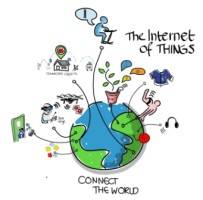

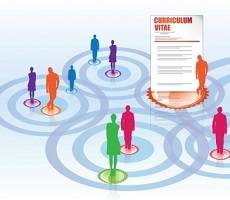
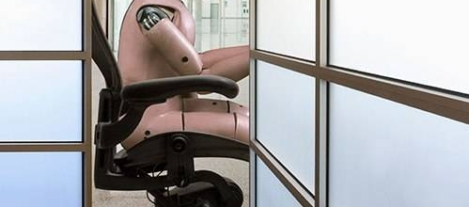
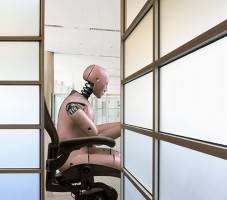





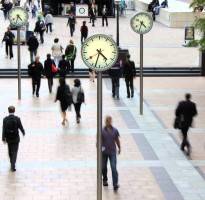












November 12, 2015
The three workplace professions need to face up to a new reality 0
by Mark Eltringham • Comment, Facilities management, Technology, Workplace
(more…)